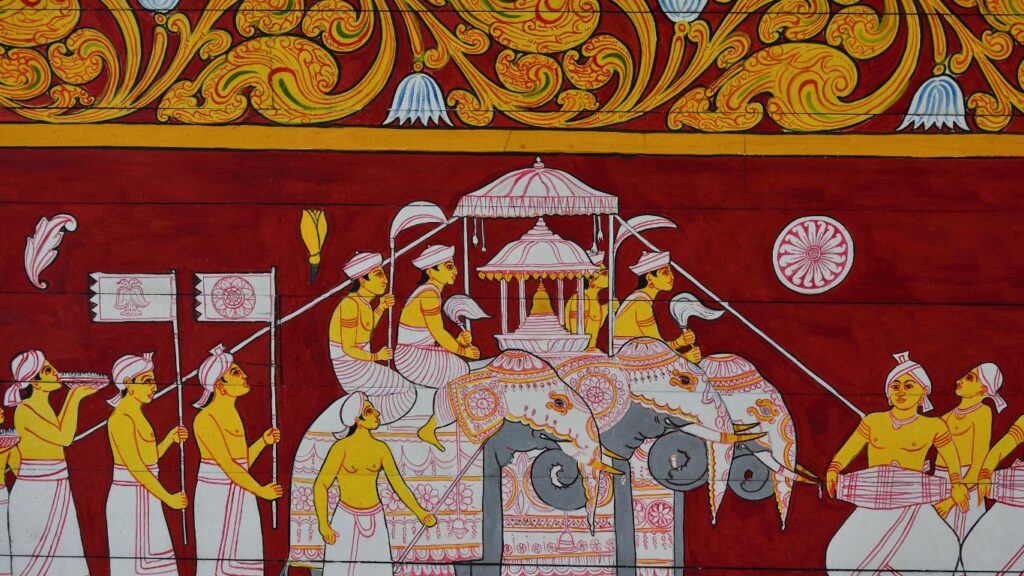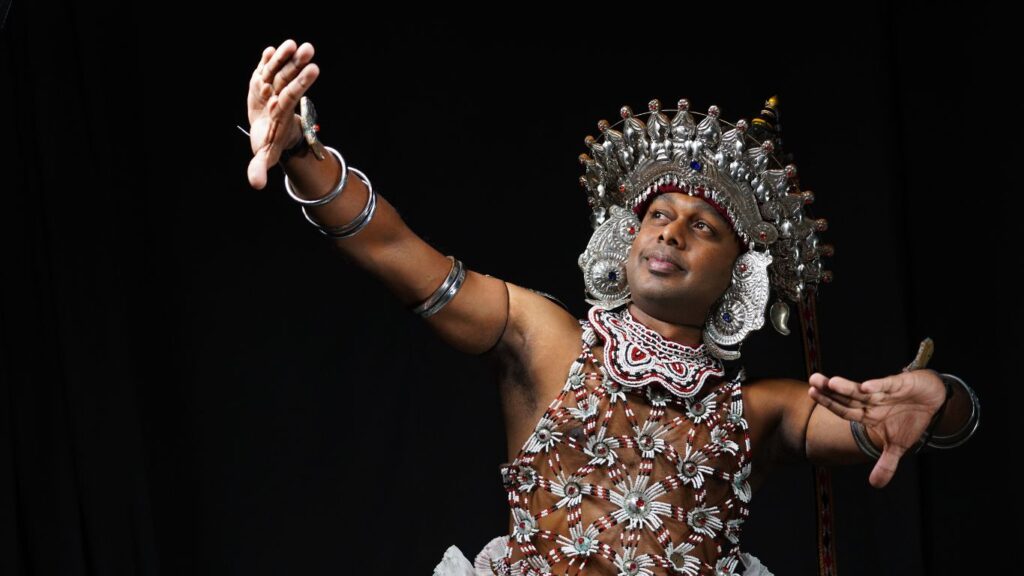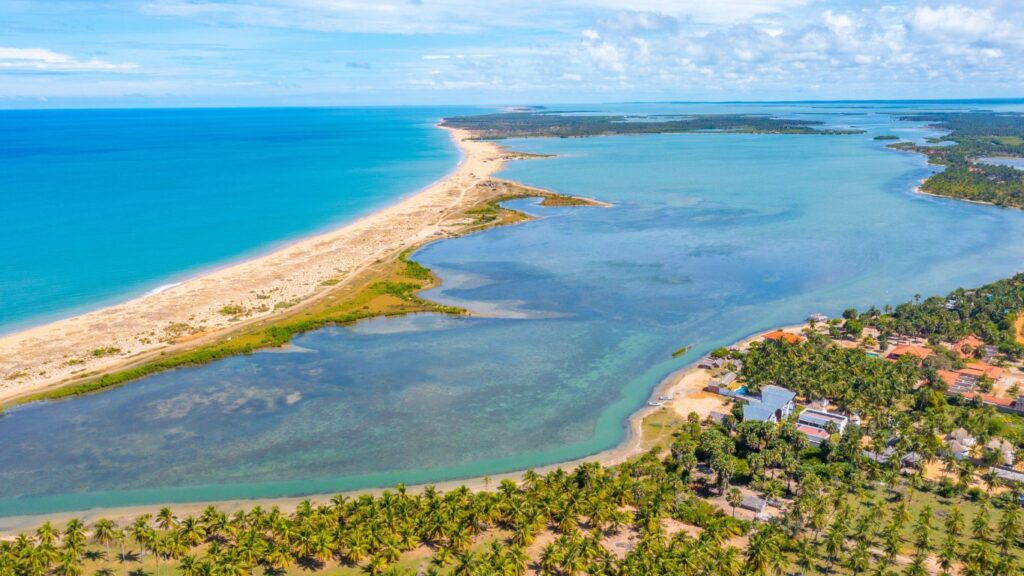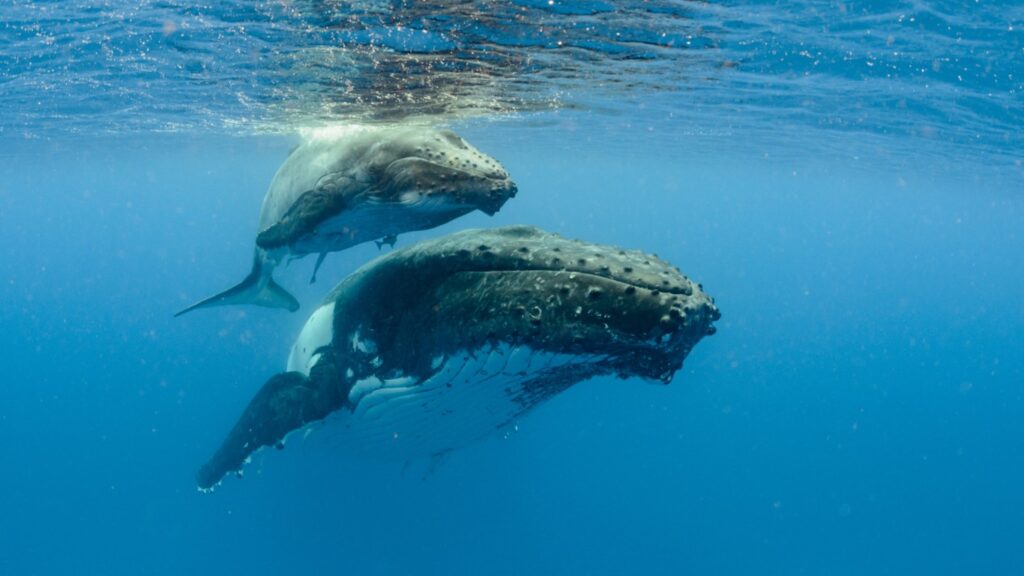Every year, the streets of Kandy come alive with a breathtaking display of lights, elephants, drummers, dancers, and centuries-old traditions. The Kandy Esala Perahera, also known as the Festival of the Tooth, is one of Asia’s oldest and most vibrant religious processions—and a must-see cultural experience for any visitor to Sri Lanka.
Whether you’re a spiritual seeker, history enthusiast, or cultural traveler, this guide will help you understand the deep-rooted traditions behind the Esala Perahera and how you can experience this once-in-a-lifetime event.
What is the Kandy Esala Perahera?
The Esala Perahera is a ten-day religious and cultural festival held annually in Kandy, a hill-country city and spiritual capital of Sri Lanka. The word Perahera means “procession” in Sinhala, and the festival is held in honor of the Sacred Tooth Relic of the Buddha, which is enshrined at the Sri Dalada Maligawa (Temple of the Tooth) in Kandy.
The festival usually takes place in July or August (during the month of Esala in the Sinhala calendar), which is believed to be a time that marks the Buddha’s first sermon after enlightenment.
Significance of the Sacred Tooth Relic
According to tradition, the Buddha’s left canine tooth was brought to Sri Lanka in the 4th century AD from India. Since then, it has been closely tied to royal authority and Buddhist spiritual protection. Sri Lankan kings historically believed that possessing the relic gave them the divine right to rule.
Today, the relic is kept in a golden casket in the Temple of the Tooth, and while it is never taken out, a symbolic replica is paraded through the streets during the Perahera.
The festival is not just a religious ceremony—it’s also a celebration of Sri Lanka’s Buddhist identity, a symbol of unity, and a profound cultural expression.
What Happens During the Perahera?
Over the course of ten days, the Perahera builds from smaller, intimate rituals into one of the most dramatic street parades in the world. Here’s what to expect:
1. Kap Situweema (Planting of the Sacred Post)
The festival begins with a ritual of purification, where a sanctified jackfruit tree is planted at each of the four devales (shrines) dedicated to guardian deities. This marks the official start of the festivities.
2. Kumbal Perahera (Days 1–5)
The first five nights are known as the Kumbal Perahera, which feature quieter processions with dancers, musicians, and elephants. These nights are considered less crowded—ideal for travelers who prefer a more relaxed experience.
3. Randoli Perahera (Days 6–10)
The Randoli Perahera is the grand finale. These processions are larger and more extravagant, showcasing elaborately decorated tuskers, torch bearers, and hundreds of dancers and drummers.
The Maligawa Tusker, the central elephant, carries a replica of the Sacred Tooth Relic in a golden casket (reliquary) under a lavish canopy.
4. Final Day – Diya Kepeema (Water Cutting Ceremony)
The festival ends with a pre-dawn ritual at the Mahaweli River, where monks perform the water-cutting ceremony to bless the land and people for the coming year.
Elephants in the Perahera
One of the most iconic images of the Esala Perahera is the sight of beautifully adorned elephants, especially the main tusker who carries the sacred relic casket.
Each elephant is dressed in hand-embroidered regalia, with thousands of twinkling lights. Great care is taken to ensure their safety and comfort. In recent years, increased awareness of animal welfare has sparked conversation about improving treatment, and some processions have begun using mechanical elephants for ethical reasons.

Cultural Performances & Traditions

The streets of Kandy turn into a stage for Sri Lanka’s most skilled performers, including:
Traditional Kandyan dancers
Whip crackers announcing the procession
Fire dancers and fireball twirlers
Drummers and flutists playing age-old rhythms
Devale processions honoring Hindu-Buddhist guardian deities like Natha, Vishnu, Kataragama, and Pattini
Each group follows ancient choreography that has been passed down through generations.
Where to Watch the Kandy Perahera
The processions begin and end at the Sri Dalada Maligawa (Temple of the Tooth) and travel through central Kandy, including D.S. Senanayake Street, Colombo Street, and Temple Road.
Best Viewing Spots:
Near the Temple of the Tooth – for close-up views of the sacred casket
Street-side seating – local hotels and tour operators offer reserved seats (book early!)
Hotel balconies – premium viewing, but may come at a higher price
Roadside viewing – free but very crowded, and you’ll need to arrive hours early
Travel Tips for Foreign Visitors
✔️ When to Visit
The festival dates change each year (based on the lunar calendar), usually falling between late July and mid-August.
Check the official Kandy Esala Perahera schedule a few months in advance.
✔️ Where to Stay
Book early! Hotels in Kandy fill up months in advance.
Choose a centrally located hotel for easy access to the viewing areas.
✔️ What to Wear
Dress modestly, covering shoulders and knees—especially if visiting the temple.
Comfortable shoes are essential; expect to walk and stand for long periods.
✔️ What to Bring
Water, snacks, and sun protection
A small cushion or mat if sitting on the pavement
A camera (but avoid flash and respect cultural boundaries)
Why the Kandy Esala Perahera Matters Today
In a rapidly modernizing world, the Esala Perahera continues to preserve cultural heritage, foster religious unity, and showcase the artistic soul of Sri Lanka. It’s more than a festival—it’s a living legacy.
For foreign travelers, this is not just a visual feast but a window into the values, beliefs, and artistic expression of the Sri Lankan people.
Experience the Perahera with BH Lanka Tours
Want to experience the Kandy Esala Perahera without the hassle? At BH Lanka Tours, we offer:
Guided festival tours with reserved seating
Accommodation packages near the procession routes
Temple visits and cultural experiences in Kandy
Customizable itineraries that include nearby highlights like the Royal Botanical Gardens, tea plantations, and Pinnawala Elephant Orphanage
Whether you’re coming for spiritual reasons, photography, or cultural immersion, we’ll make sure your journey to Kandy is safe, smooth, and unforgettable.
Final Thoughts
The Kandy Esala Perahera is not just Sri Lanka’s most iconic festival—it’s a once-in-a-lifetime opportunity to witness living tradition in its most vivid form. With dazzling elephants, centuries-old rituals, and rhythmic energy pulsing through the streets, it’s no wonder that visitors return year after year.
If you’re planning a trip to Sri Lanka, time your visit to coincide with this incredible event—and let BH Lanka Tours take you there.







